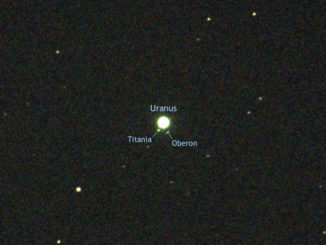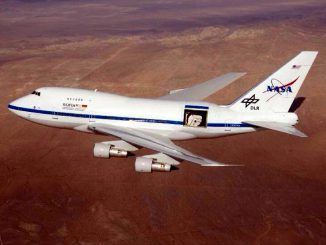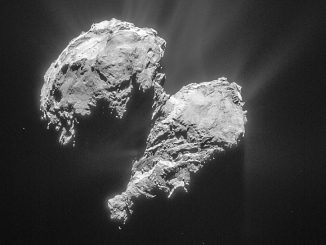
Triton



Star-hop your way to viewing planets Uranus and Neptune at their best
Clear nights of early Northern Hemisphere autumn offer ideal opportunities to track down the two outermost planets of the solar system, Uranus and Neptune. What’s more, you don’t need a big telescope to find them. We show you how to locate these gas giants using binoculars. The Moon also passes close to Neptune on 20 October.

Flying observatory SOFIA expanding frontiers in solar system and beyond
NASA’s Stratospheric Observatory for Infrared Astronomy (SOFIA) is a Boeing 747SP jetliner modified to carry a 100-inch diameter telescope to study the universe at infrared wavelengths that cannot be detected from ground-based observatories. SOFIA’s Science Cycle 5, which runs from February 2017 through January 2018, spans the entire field of astronomy from planetary science to extragalactic investigations.


Mars’ moon Phobos is slowly falling apart
Orbiting a mere 3,700 miles above the surface of Mars, Phobos is closer to its planet than any other moon in the solar system. Mars’ gravity is drawing in the 17 × 14 × 11 mile body by about 6.6 feet (2 metres) every hundred years. The long, shallow grooves lining the surface of Phobos are likely early signs of its structural failure as scientists expect it to be pulled apart.

See outermost planet Neptune at its best
When Pluto was reclassified as a dwarf planet in 2006, Neptune regained the title of the solar system’s outermost planet. Since this fascinating gas giant reached opposition on 1 September in the constellation Aquarius, now is a great time to seek it out. We show you how to locate Neptune with binoculars and small telescopes.
